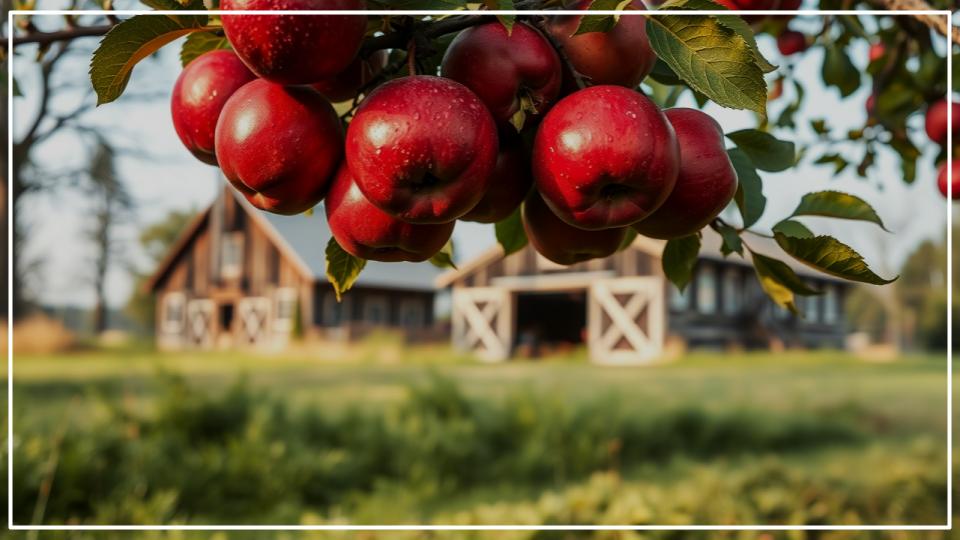
The dream of walking into your backyard to pick a sun-warmed, perfectly ripe piece of fruit is a cornerstone of the gardening life. For those of us in cooler climates, however, this dream can sometimes feel just out of reach, thwarted by the specter of a late spring frost or a bitterly cold winter. But I’m here to tell you that a bountiful home orchard is not only possible in the north, it’s a deeply rewarding endeavor. The secret lies in choosing the right plants—specifically, hardy fruit trees bred to withstand and even thrive in the cold.
This guide will walk you through seven outstanding fruit trees that are more than tough enough for the task. We’ll explore not only the classic choices but also some delightful newcomers that will fill your basket with delicious, homegrown cold climate fruit. Let’s dig in and get you one step closer to your own personal orchard.
Key Takeaways for a Thriving Northern Orchard
Here are the foundational principles for success:
- Variety is Everything: Don’t just plant an “apple tree.” Plant a specific, cold-hardy variety like ‘Honeycrisp’ or ‘Frostbite’. Cultivar selection is the single most important factor.
- Location, Location, Location: A spot with full sun (at least 6-8 hours) and protection from the harshest winter winds can create a microclimate that makes all the difference.
- Understand Pollination: Many fruit trees require a different variety of the same fruit blooming nearby to produce a crop. Always check the pollination needs before you buy.
- Patience is a Virtue: Most fruit trees take a few years to establish before they begin bearing. This initial investment of time and care pays off for decades to come.
The Secret to Success with Cold-Climate Fruit
Before we jump to our list of trees, it’s important to grasp a few core concepts that will empower you to make the best choices for your garden. Growing fruit successfully in zones 3, 4, and 5 is a bit of a science, but a simple and beautiful one.
First, familiarize yourself with the USDA Plant Hardiness Zone Map. This tool divides the country into zones based on the average annual minimum winter temperature. If you live in Zone 4, you need a tree rated for Zone 4 or, even better, the colder Zone 3. In my own garden, I’ve found that even within my zone, a sheltered spot near the house can mean the difference between a tree that merely survives and one that truly flourishes.
Beyond simple temperature tolerance, consider “chill hours.” This refers to the total number of hours a fruit tree needs to be exposed to cold temperatures (typically between 32°F and 45°F) in order to break dormancy and flower properly in the spring. It’s a fascinating natural mechanism that prevents a tree from blooming during a brief January thaw, only to have its precious blossoms frozen a week later. Reputable nurseries will often list the chill hour requirements for their trees.
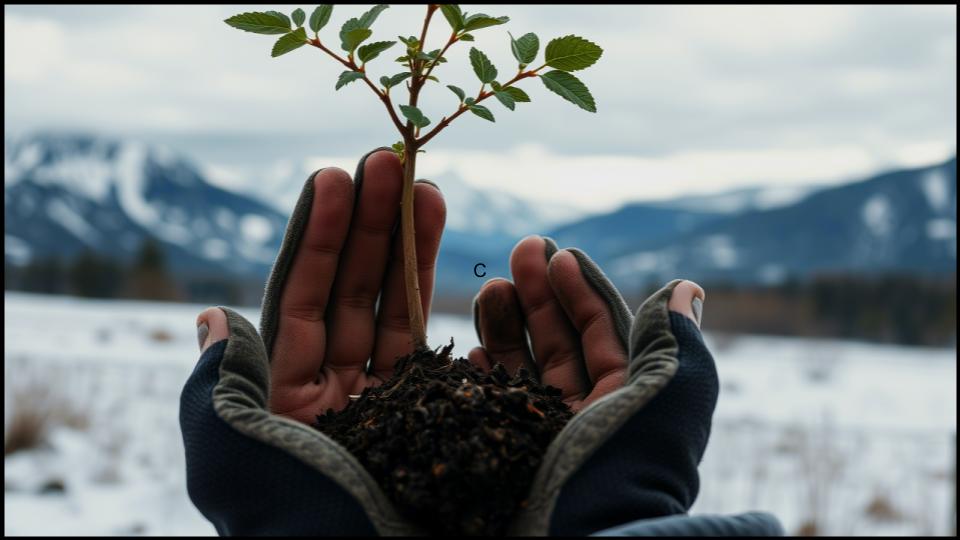
Our 7 Favorite Hardy Fruit Trees for a Bountiful Harvest
Here are seven tried-and-true selections that promise resilience, beauty, and of course, delicious fruit.
1. The Enduring Apple (Malus domestica)
There is nothing quite like the crisp, satisfying crunch of a homegrown apple. It’s the quintessential cold climate fruit, and for good reason. Thanks to incredible breeding programs, particularly at institutions like the University of Minnesota, we have some of the best apple trees for cold climates imaginable. They are reliable, productive, and a stunning sight in full bloom.
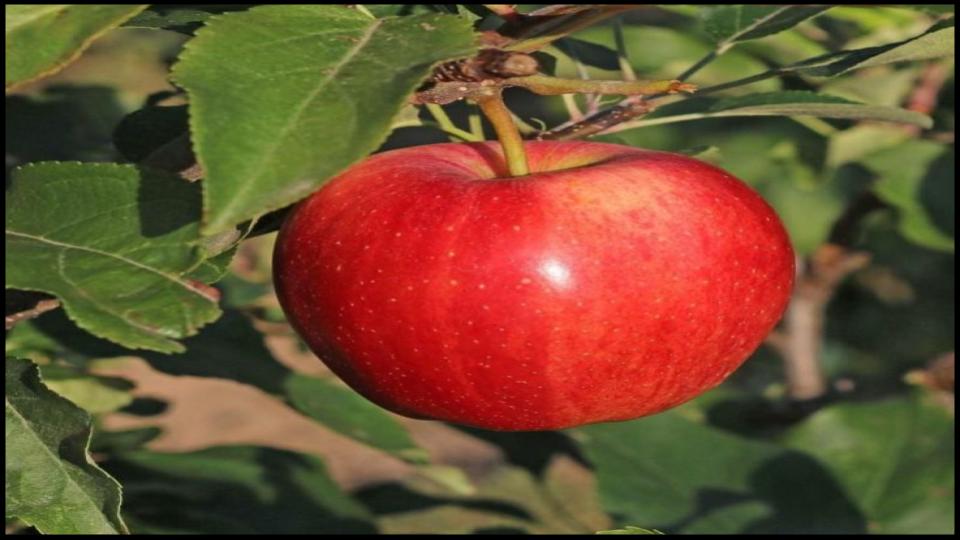
- My Go-To Varieties: For that perfect sweet-tart crunch, nothing beats a ‘Honeycrisp‘. For exceptional cold tolerance, look to ‘Haralred‘ or ‘Frostbite‘. For something uniquely delicious, ‘Sweet Sixteen‘ has a complex flavor with a hint of cherry candy.
- Growing Tips: Apples require full sun and well-drained soil. Most varieties are not self-pollinating, so you’ll need to plant two different apple varieties that bloom at the same time.
2. The Perfect Pie Cherry (Prunus cerasus)
While sweet cherries (Prunus avium) are notoriously fussy in the cold, their cousins, the sour or pie cherries, are incredibly tough and productive. Don’t let the name fool you; while tart, the flavor of a tree-ripened sour cherry is rich, complex, and absolutely perfect for pies, preserves, and sauces. They are also often self-fertile, and their smaller stature makes them ideal for home gardens.
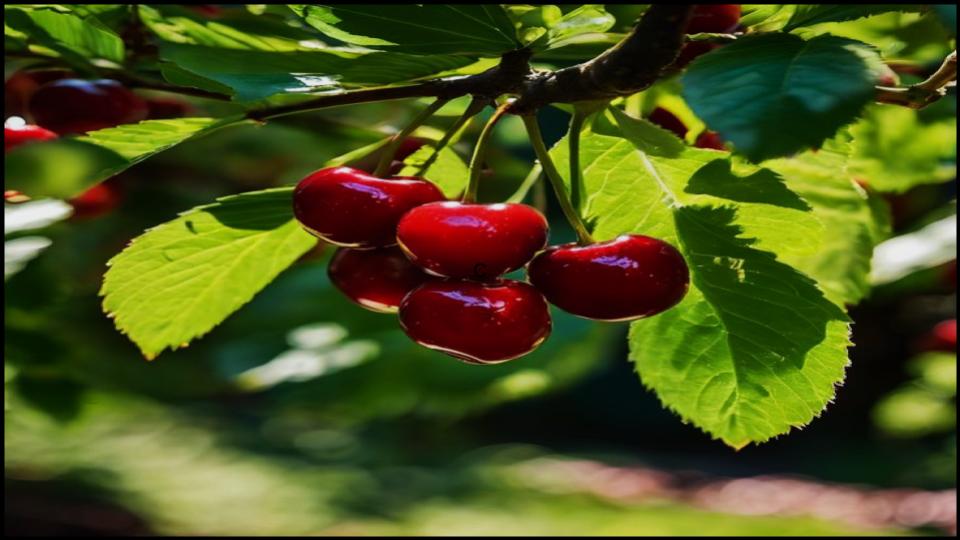
- Hardy Varieties: ‘Meteor‘ and ‘North Star‘ are classic dwarf varieties perfect for smaller spaces. The ‘Carmine Jewel‘ cherry, a dwarf bush-type developed by the University of Saskatchewan, is a marvel of hardiness and flavor.
- Styling Note: With their cloud of white blossoms in spring and jewel-toned fruits in summer, these trees offer multi-season ornamental appeal.
3. The Resilient Pear (Pyrus communis)
Pears are often overlooked for northern gardens, which is a real shame. A common mistake I see is gardeners trying to grow popular but tender European varieties like Bartlett. The key is to select hardy cultivars, many of which have been bred for exceptional cold tolerance and have fantastic flavor and texture.
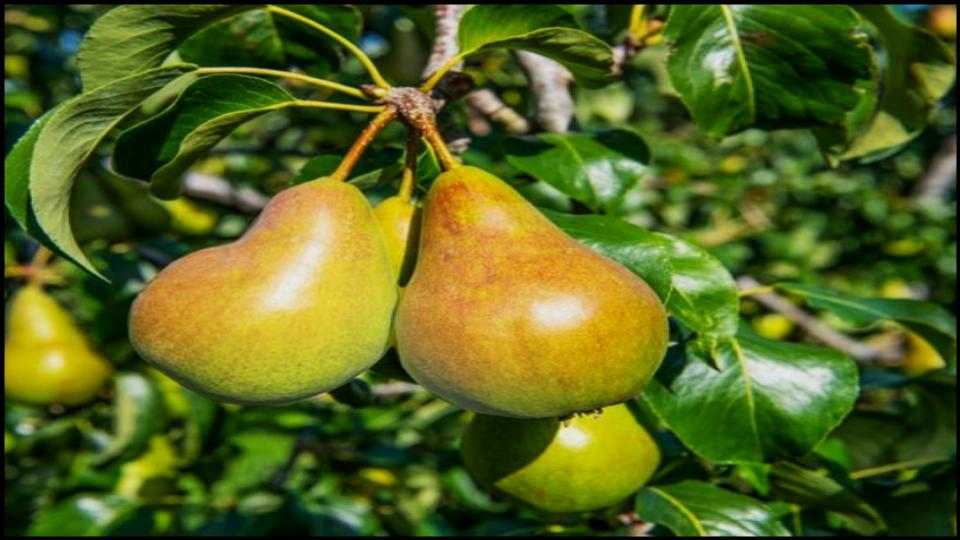
- Hardy Varieties: ‘Summercrisp‘ produces crisp, early-ripening fruit. ‘Patten‘ and ‘Golden Spice‘ are two other reliable choices known to perform well when growing fruit in zone 4. These varieties often have better disease resistance as well.
- Growing Tips: Like apples, most pears require a different pear variety for cross-pollination. They prefer a sunny, sheltered location.
4. The Hardy Hybrid Plum (Prunus spp.)
Forget the bland, hard plums of the supermarket. A homegrown plum, picked at its peak, is a truly luxurious experience with a honey-sweet, juicy flesh. For cold climates, the most successful plums are often hybrids between Japanese plums (Prunus salicina) and the native American plum (Prunus americana). These hybrids carry the size and quality of the former with the iron-clad resilience of the latter.
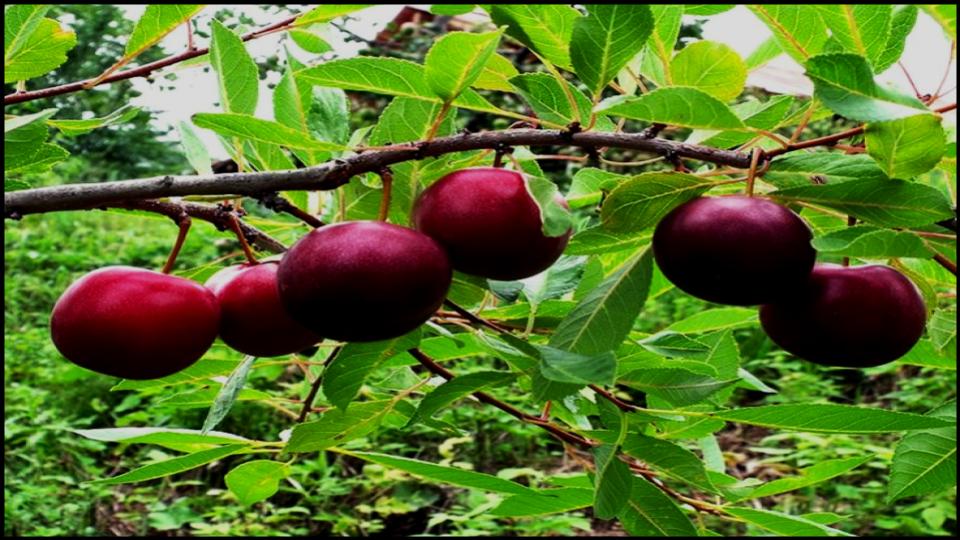
- Hardy Varieties: ‘Toka‘, sometimes called the “Bubblegum Plum” for its unique, spicy-sweet aroma, is a personal favorite. ‘Superior‘ is a large, handsome red plum, and ‘Alderman‘ is another heavy-bearing, reliable choice.
- Pollination Note: Most hybrid plums require another hybrid plum for pollination. ‘Toka’ is an excellent pollinator for many other varieties.
5. The Surprising Haskap Berry (Lonicera caerulea)
If you want to truly impress your gardening friends, plant a Haskap. Also known as Honeyberry, this member of the honeysuckle family is native to the boreal forests of the northern hemisphere and is outrageously hardy, with some varieties surviving to -50°F. The berries look like elongated blueberries and have a unique flavor that many describe as a cross between a blueberry, raspberry, and a hint of elderberry. They are one of the very first fruits to ripen in early summer.
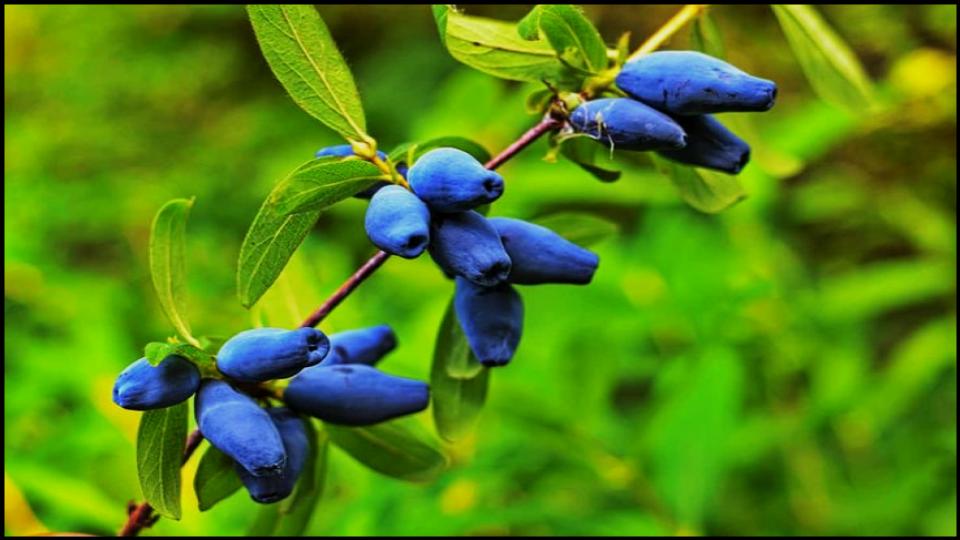
- Hardy Varieties: You must plant two compatible varieties for pollination. Great pairings include ‘Aurora‘ and ‘Tundra‘, or ‘Borealis‘ and ‘Indigo Gem‘.
- Expert Insight: I’ve found that even though the bushes can look a little wild, a light pruning after they fruit helps maintain their shape and vigor. They are incredibly low maintenance.
6. The American Persimmon (Diospyros virginiana)
For a truly unique late-season treat, consider the American Persimmon. While many associate persimmons with warmer regions, certain northern-selected varieties can thrive as far as Zone 4. The trees are beautiful, with a distinctive blocky bark and gorgeous fall foliage. The fruit, however, is the real prize—but only when it’s perfectly ripe. An unripe persimmon is astringent beyond belief, but a soft, fully-ripened one has a sweet, custardy flavor unlike any other fruit.
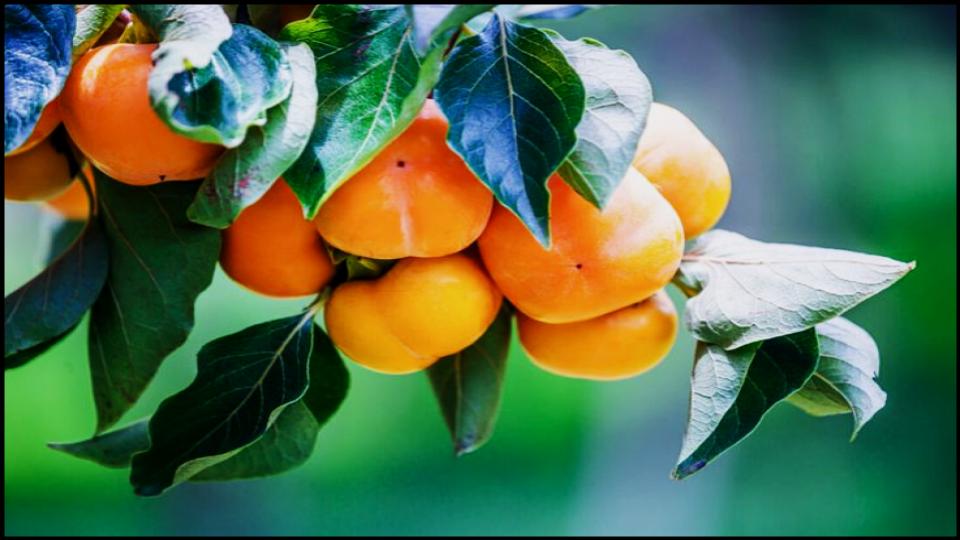
- Hardy Varieties: Look for early-ripening cultivars like ‘Meader‘ (which is also self-fertile) or ‘Early Golden‘.
- Patience is Key: The trick is to let the fruit ripen fully, often after the first light frosts, until it is as soft as a water balloon. It’s worth the wait!
7. The Aronia Berry (Aronia melanocarpa)
Native to eastern North America, the Aronia berry, or Chokeberry, is another powerhouse of nutrition and hardiness. This is a multi-purpose shrub that offers beautiful white spring flowers, glossy green leaves, and brilliant red-orange fall color. The dark purple-black berries are prized by the health-conscious for their incredibly high antioxidant levels.
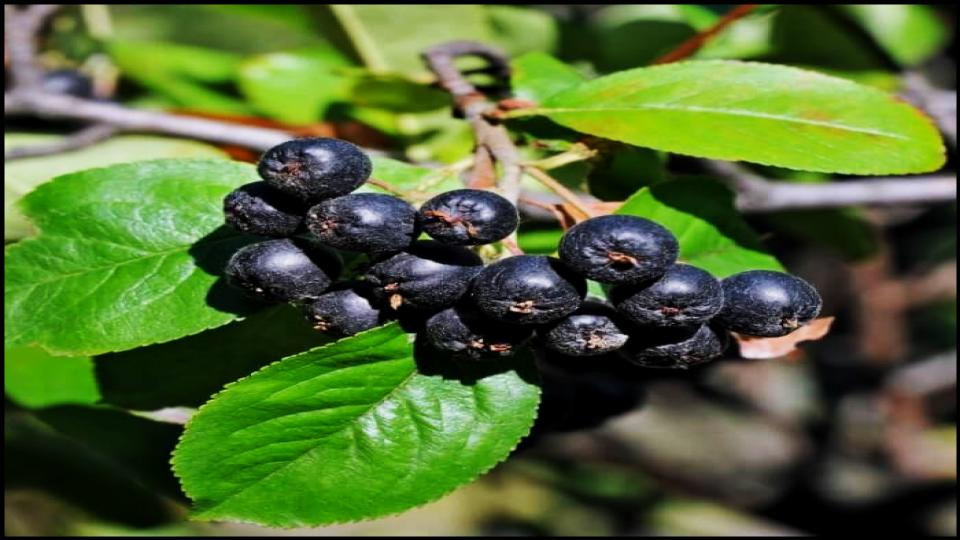
- Why it’s Worth Growing: While the name “chokeberry” sounds unappealing due to their astringency when raw, their flavor transforms when cooked. I’ve found that they make the most wonderfully rich and complex jellies, syrups, and additions to smoothies.
- Hardy Varieties: Cultivars like ‘Viking‘ and ‘Nero‘, developed in Europe, produce larger, more abundant fruit and are readily available.
Planting Your Hardy Fruit Trees for Success
Bringing your new tree home is exciting. Give it the best possible start with these simple steps.
TOOLS AND MATERIALS BOX:
- Your chosen hardy fruit tree (buy from a reputable nursery)
- A sturdy shovel or spade
- Compost (high-quality, well-rotted)
- Natural Mulch (wood chips, straw, or shredded leaves)
- A watering can or hose]
End list
- Site & Dig: Choose a sunny, well-drained spot. Dig a hole that is twice as wide as the tree’s root ball but only as deep. You want the place where the trunk flares out to meet the roots to be at or slightly above the soil line.
- Amend Gently: Loosen the soil at the sides of the hole. According to PennState Extension, it’s best to amend the backfill soil with about 25% compost to give the tree a healthy start.
- Plant & Backfill: Gently place the tree in the hole, ensuring it’s straight. Fill the hole back in with the amended native soil, tamping it down lightly to remove air pockets.
- Water Deeply: Create a small soil berm around the edge of the planting hole to form a basin. Water the tree thoroughly, allowing the water to soak in deeply.
- Mulch: Apply a 2-3 inch layer of mulch around the base of the tree, but be sure to keep it from touching the trunk itself. This helps retain moisture and suppress weeds.
Your Northern Orchard Awaits
The ability to grow your own food is a profound joy, and with the right knowledge and the right plants, that joy is accessible even where the winters are long and the snow falls deep. By choosing from these proven hardy fruit trees, you’re not just planting a tree; you’re planting years of beauty, sustenance, and the sweet satisfaction of harvesting a perfect piece of fruit from your very own garden. So go ahead, be bold, and get planting.
Read More
Propagate a Lemon Tree: Your Guide to a Lifetime of Homegrown Citrus
